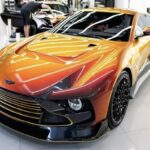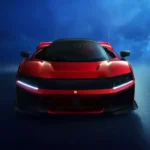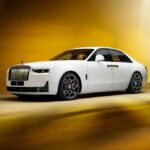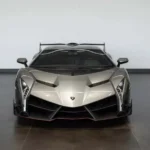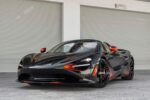The F80 is Ferrari’s brand-new hypercar, previously known by the codename F250, and it means business. Gone is the renowned V12 engine of its predecessors like the Enzo or LaFerrari, replaced by a ferocious twin-turbocharged hybrid V6 powerhouse that delivers a staggering 1,200 PS (1,184 hp). It’s packed with enough technology to make a NASA engineer blush.
Ferrari F80 Quick Review: 9 Crucial Facts About the $3.9M Hybrid V6
Purists may bemoan the loss of the naturally aspirated V12, but this V6 has pedigree – it’s closely related to the engine that powered the 499P race car to consecutive wins at Le Mans. The car can sprint from 0-62 mph in 2.15 seconds while topping out at over 350 km/h.
This once-in-a-decade event and Ferrari’s flagship for the coming years has so much technology that the press release is nearly 7,000 words long. But there are only 9 things you really need to know about the F80, which will be the sixth icon after the 288 GTO, F40, F50, Enzo, and LaFerrari.
#1 V6, Not V12
Ferrari’s last three supercars – the LaFerrari, Enzo, and F50 – were all powered by V12 engines, but the F80 has half the cylinders, the F163CF, using a 120-degree V6 closely related to the engines in both the 296 GTB and the 499P Le Mans winner.

But instead of the 296’s internal combustion engine producing 654 hp, the F80’s lighter ICE unit pumps out a whopping 888 hp and torque increases from 546 lb-ft (740 Nm) to 627 lb-ft (850 Nm). And that’s before we add the hybrid boost.
#2 Three Electric Motors But No EV Mode
The 296 GTB rear-wheel drive has one electric motor, but the F80 uses a three-motor setup like the SF90. Two motors at the front provide up to 282 hp to the front wheels and enable torque vectoring, and Ferrari says it weighs 61.5 kg, a 14 kg reduction over the SF 90. A third motor sends 80 hp to the rear wheels but can generate 94 hp by harvesting braking energy.
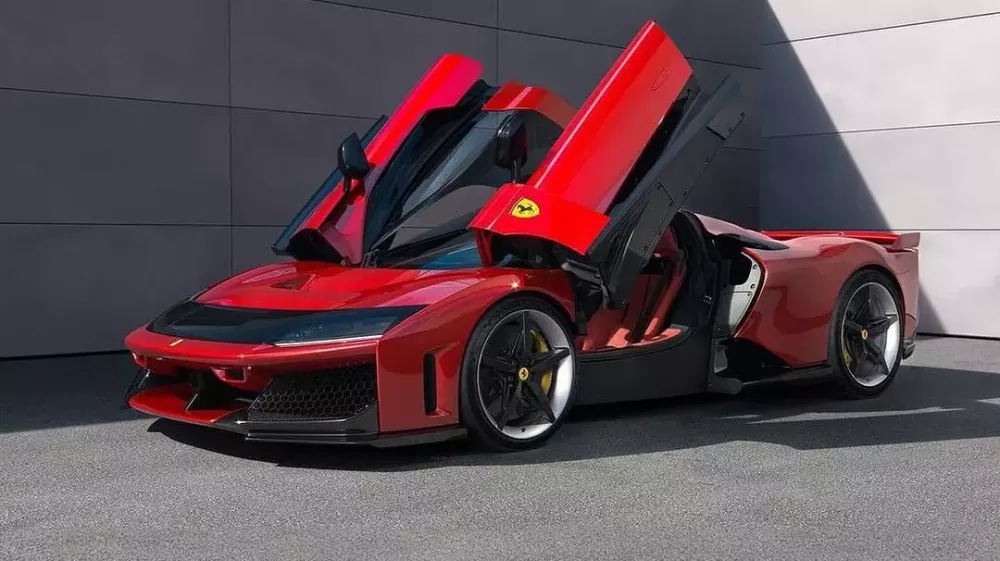
The addition of hybrid power boosts the F80’s total output to 1,184 hp compared to the 296’s 819 hp, and it becomes Ferrari’s first four-wheel-drive supercar. But despite all that electric power, the F80 has no pure electric mode.
#3 It Knows When You Need Extra Boost
Ferrari has tuned the drivetrain to simulate the feel of a naturally aspirated engine, but the real smarts lie in Boost Optimization.
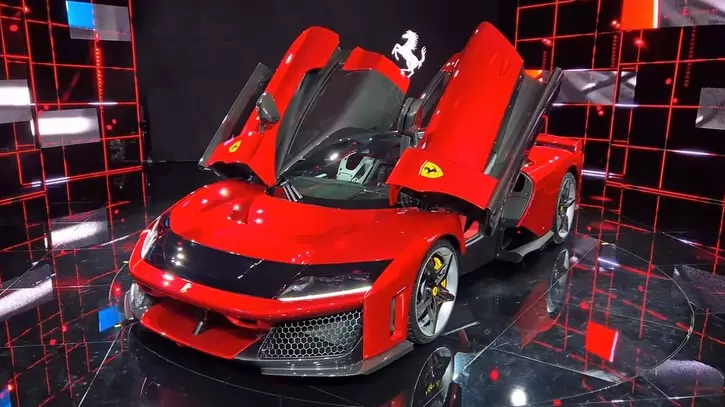
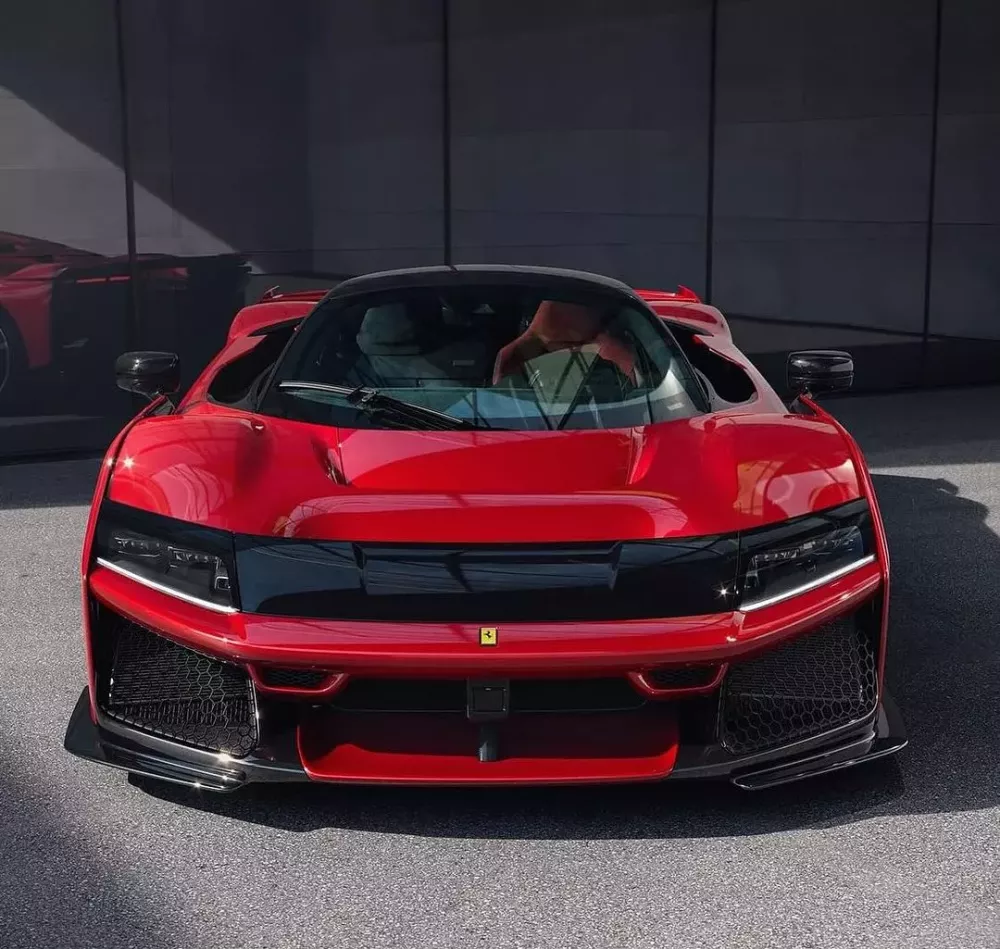
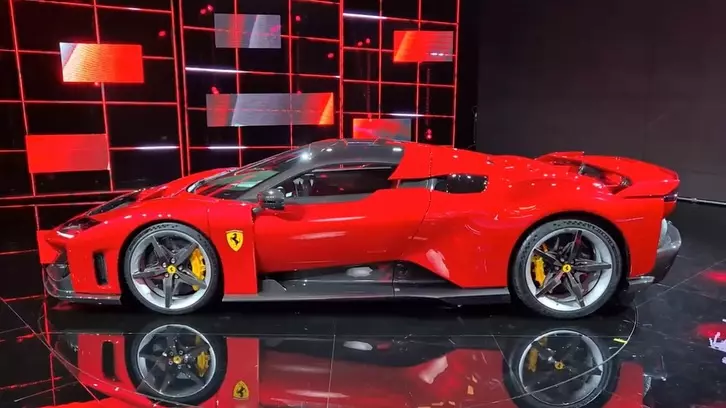
When activated, the driver goes for a lap around a chosen race track, and the F80 records the corners and straights, finding where extra performance can be deployed and readying it for the next lap.
#4 F80 Gets a Carbon Chassis Unlike Any Other Ferrari
Unlike McLaren, which uses a carbon chassis for every car in its lineup, even the Artura, Ferrari has stuck with aluminum for its road cars, reserving composites for heroes like the F80.
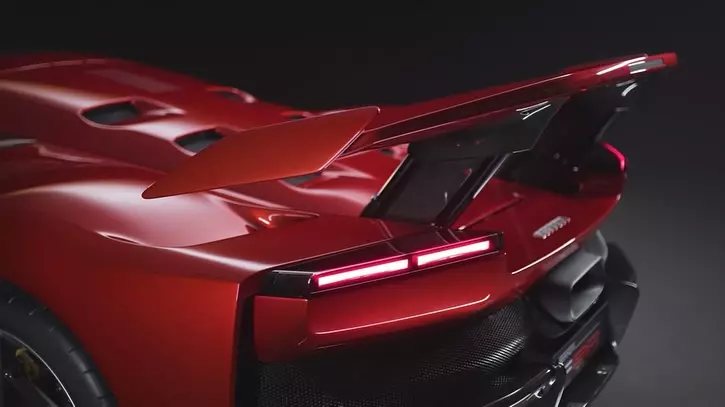
But aluminum, which has better crash energy absorption, is still used here for the front and rear subframes.
#5 F40-Inspired Front Bumper
We’ve seen the Daytona-inspired black nose of the F80 many times before. It appeared on the Purosangue SUV and the limited-edition Daytona SP, and now it graces Maranello’s latest supercar.
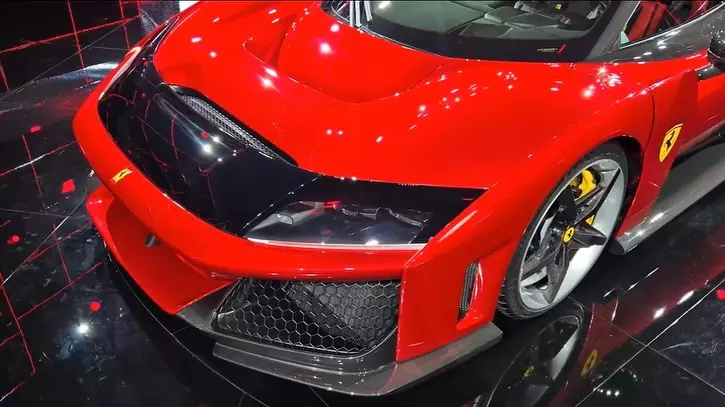
Ferrari says the F80’s design hints at the direction of the brand’s design language, so perhaps we can expect the black stripe to become a calling card. But the 365 GTB/4 Daytona isn’t the only classic Ferrari that design director Flavio Manzoni and his team have borrowed from. The boxy front fenders are taken straight from the F40.
#5 Downforce Package Makes the 911 GT3 RS Look Sedate
The Porsche 911 GT3 RS generates an impressive 860 kg (1,896 lbs) of downforce at 177 mph (285 km/h). That’s a huge amount of push, but the RS would be blown away when compared to the F80, which achieves a massive 1,000 kg (2,200 lbs) of downforce and only at 155 mph (250 km/h). This is achieved through a combination of airflow management through and over the nose, via the rear diffuser, and an active rear wing.
#6 Forget 2+2, This is a 1+1
You know that feeling when you’re so engrossed in a beautiful drive that you completely forget there’s someone in the passenger seat? Ferrari has designed the F80 to give that feeling from the moment you slide behind the wheel.
While the driver gets a red, adjustable bucket seat, the passenger seat is set back (allowing for a narrower cockpit) and trimmed in the same subdued color as the rest of the interior, meaning the F80 feels more like a single-seater.
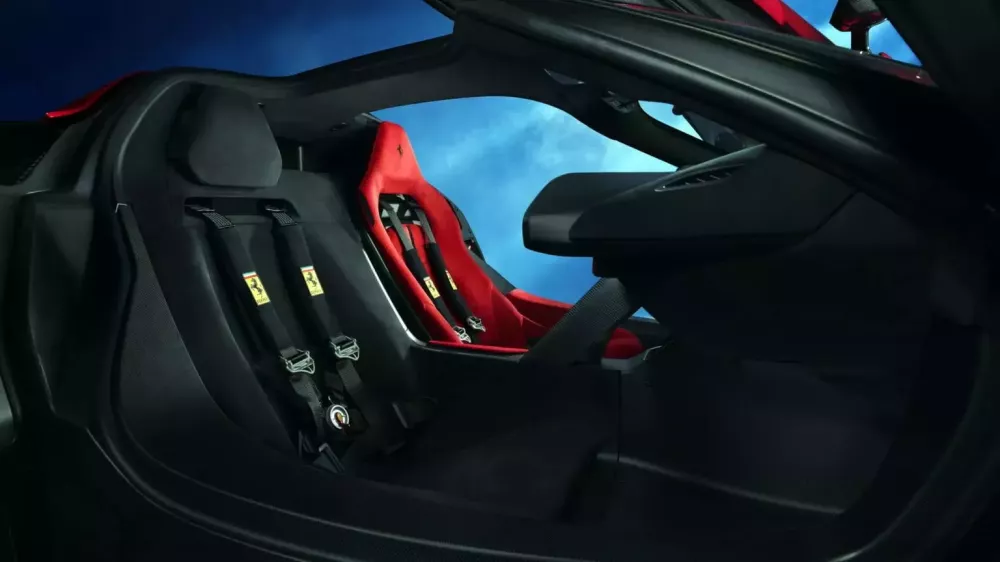
Ferrari calls this a “1+1” and has even designed the dashboard to angle sharply toward the driver, to the extent that the passenger would struggle to easily see the digital climate controls or the gear lever, once again inspired by the classic gated shifter but, like the 296, missing a large chrome bar.
#7 Wheel-Mounted Buttons Are Back
Not only will we see the F80’s exterior design on more affordable Ferraris in the future.

The steering wheel is also destined for other models, and that’s great news because it has old-school physical buttons instead of the annoying touch-sensitive ones found on the SF90 and 296.
#8 Suspension Borrowed from the Purosangue SUV
The F80 may share its engine with the 296, but it’s the new four-seat Purosangue SUV that lends a helping hand when it comes to the suspension setup.
You won’t find race car-style pushrod dampers or 3D-printed wishbones on the Purosangue, but both cars replace the traditional anti-roll bar with four 48-volt electric motors that keep the body flat when cornering to minimize the impact of weight transfer.
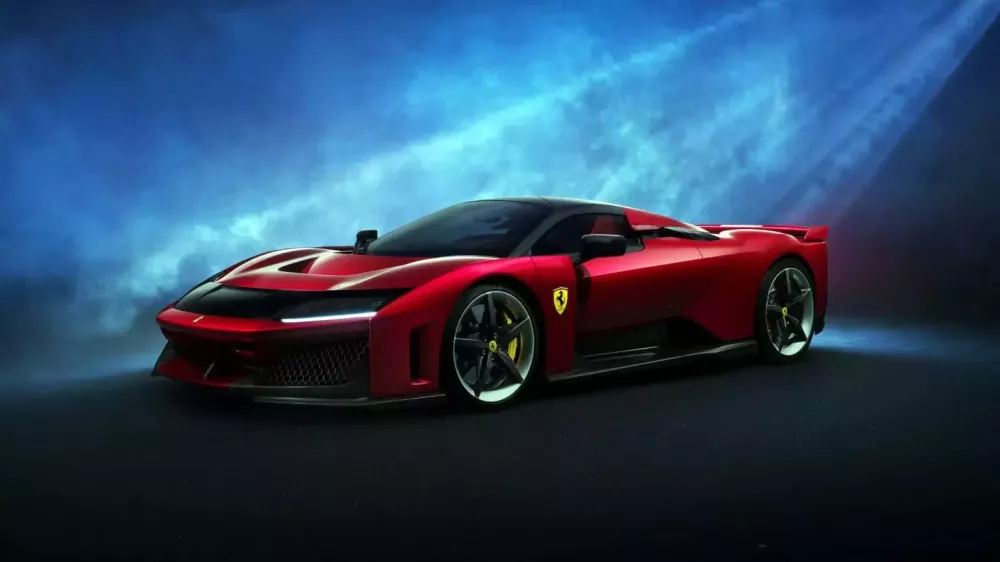
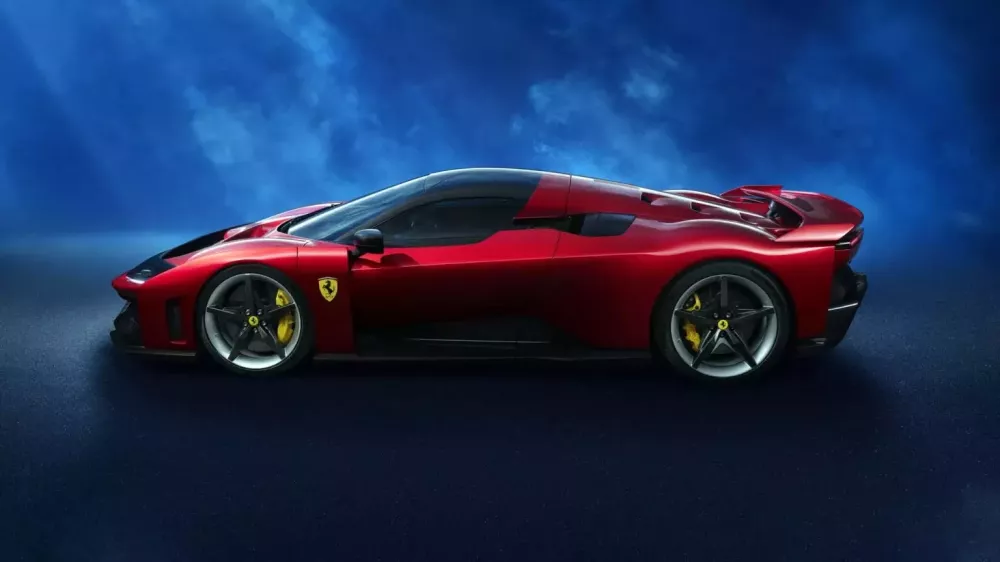
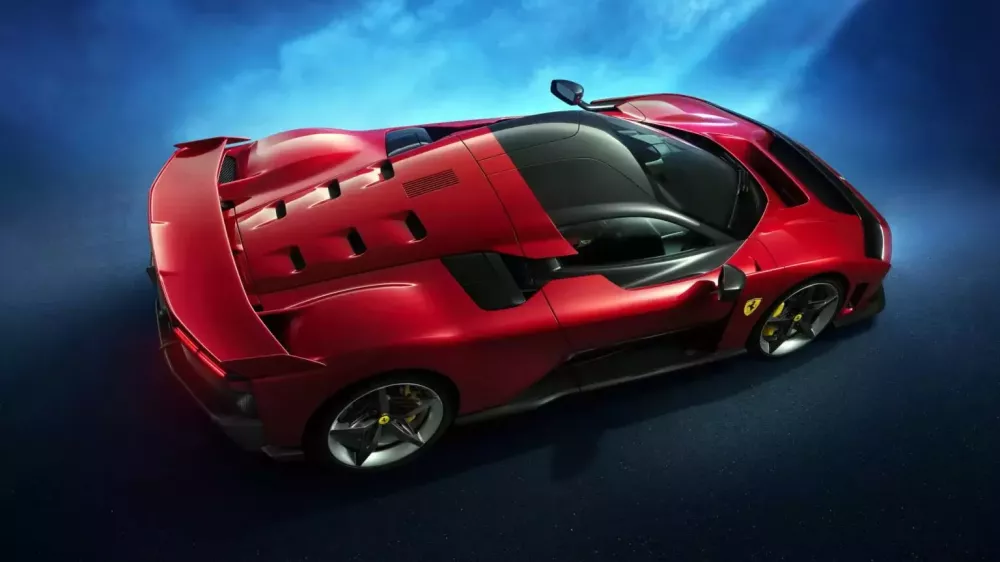
Ferrari has also collaborated with Brembo to develop the next-generation CCM-R Plus carbon brakes, which are said to have twice the mechanical strength and 300% better heat dissipation than older carbon stoppers.
#9 Ferrari Is Making 799, So It’s Not Too Rare
The F80 costs around $3.9 million, so clearly, there are enthusiasts in the world with that kind of money as Ferrari says they will build 799, more than the 499 LaFerraris.
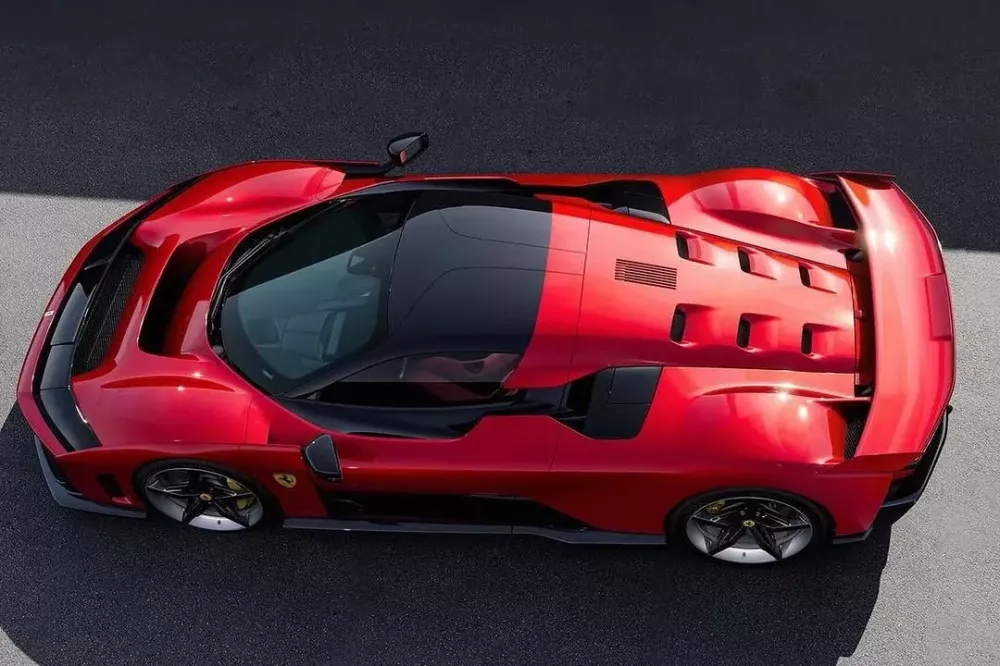
So, it seems that Ferrari has realized that previous cars were oversubscribed, and they might as well make more money from the demand this time with the F80, producing more, charging triple, and still selling out.
“The Aston Martin Valour’s Bespoke Paint Job: A $150,000 Work of Art”
To commemorate 110 years of Aston Martin’s rich history, the renowned British marque introduced an exceptional special edition model named the ‘Valour’. Though the official price was not disclosed, rumors circulated that this exquisite supercar commanded a staggering price tag of over £1 million upon its launch.
“The Prancing Horse’s Latest Stallion: Ferrari F80, the Successor to LaFerrari, is Here — and It’s Perfect, Except for that V6 Engine.”
The all-new Ferrari F80 is an engineering marvel and a powerhouse on wheels, commanding a price tag of $3.9 million. With an astonishing 1200 horsepower, this Ferrari is the most powerful commercial offering yet from the iconic Italian marque. A true testament to Ferrari’s engineering prowess, the F80 is an exhilarating blend of performance and style, delivering an unforgettable driving experience that lives up to its prestigious lineage.
The Ultimate Expression of Luxury: Rolls-Royce Black Badge Ghost Series II Arrives in Vietnam with a Price Tag of 40 Billion VND.
Rolls-Royce unveils a bold and powerful new iteration of its Black Badge Ghost model. This updated version is an assertive, technologically advanced, and driver-focused automobile. With an emphasis on delivering an unparalleled driving experience, this car is a testament to Rolls-Royce’s commitment to innovation and performance.
The Ultimate Supercar: Lamborghini Veneno Coupe 2014. A Rarity Amidst Economic Gloom.
The Lamborghini Veneno Coupe is a supercar like no other. With a staggering starting price of $4 million, it’s a vehicle that demands attention. Even with a $300,000 discount, it’s still an incredible sum for a car, but for those with a passion for speed and luxury, it’s an opportunity that’s simply too good to ignore.





























